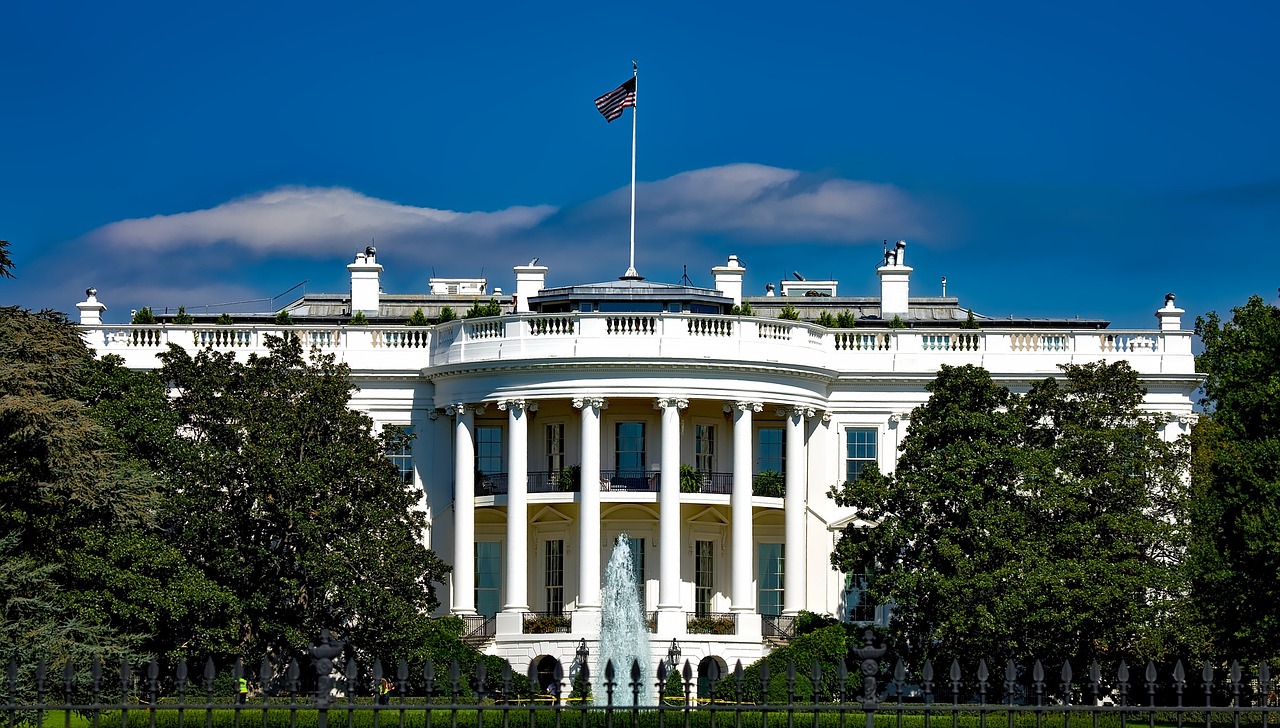Key takeaways:
- President Biden reassures President Marcos Jr. of the United States’ commitment to defending the Philippines.
- Both leaders acknowledge the need for a strong partnership amidst tensions in the South China Sea.
- Marcos Jr.’s visit to the White House marks a significant step in revitalizing the alliance between the two nations.
- The Philippines seeks a balanced approach between the United States and China, its top trading partner.
- The United States and the Philippines strengthened their defense cooperation, expanded economic ties, and introduce new defense guidelines.
In a momentous White House meeting, United States President Joe Biden provided reassurances to Philippines President Ferdinand Marcos Jr. about the unyielding commitment of the United States in defending its Southeast Asian ally. This meeting marked the first visit by a Philippines leader to the White House in a decade, signifying the significance of their bilateral relationship.
More Details of The Allegiance
Highlighting the complexities of the current geopolitical landscape, Marcos emphasized the natural inclination of Manila to maintain a close alliance with its sole treaty partner. Amidst escalating tensions in the South China Sea, which is subject to territorial disputes, both leaders acknowledged the need for a steadfast partnership.

Also, the significance of this meeting is deepened by history as Marcos Jr is no stranger to the White House. Being the son of Ferdinand Marcos Sr., who declared Martial Law in the Philippines, Marcos Jr. visited the White House alongside his father. Nevertheless, the United States played a role in aiding Marcos Sr.’s exile to Hawaii following the people’s uprising in 1986, which was fueled by allegations of widespread corruption and government theft.
This visit of Marcos Jr. himself is not without controversy. He continues to face a US court judgment related to the alleged plundering of $2 billion in wealth during his father’s rule. But, as head of state, Marcos Jr. enjoys immunity from prosecution in the United States. However, the talks, which were described by a senior US official as unprecedented in terms of level and intensity, mark a significant step forward in revitalizing the longstanding alliance between the two nations.
Relationship Balance Between the US and China
Under Duterte’s presidency, relations between the Philippines and the United States had cooled as he appeared to prioritize closer ties with China. However, President Marcos Jr has sought a more balanced approach, recognizing the importance of maintaining a close relationship with the United States while managing relations with China, the Philippines’ top trading partner. The recent signaling from China, including veiled threats made to the Philippines, has, however, raised concerns in Manila and pushed President Marcos Jr closer to the United States. As tensions rise in the Asia-Pacific region, the United States seeks to counter China’s growing influence.
The visit of Marcos Jr. comes at a time when the Biden administration is actively engaging with allies to address these concerns. President Biden’s upcoming trips to Japan for the Group of Seven (G7) meeting and to Australia for a Quad summit highlight the shared concerns of these countries regarding China’s growing influence. These high-level gatherings are expected to focus extensively on discussions about China and its impact on regional stability.
As Marcos Jr embarked on his journey to Washington, DC, he expressed caution about finding himself caught in the middle of competing superpowers. Addressing reporters, he made it clear that the Philippines would not permit itself to be utilized as a launching point for any form of military operations.
Productive Collaborations Facilitated by President Marcos Jr.
To further solidify their defense cooperation, Manila has, however, agreed to grant the United States access to four additional military bases under the Enhanced Defense Cooperation Agreement. This last month witnessed their largest-ever joint military maneuvers, symbolizing the deepening military ties between the two nations. The Biden administration has also pledged to transfer three C-130 aircraft and explore the deployment of additional patrol vessels. These initiatives aim to bolster the Philippines’ maritime security and strengthen its ability to protect its interests in the disputed South China Sea.
In addition to defense collaboration, the United States and the Philippines are actively pursuing economic cooperation. Both leaders discussed plans for a trade and investment mission to Manila, highlighting the shared goal of expanding bilateral trade. They also emphasized the importance of supporting the rollout of 5G telecommunications technology and exploring opportunities for public-private financing in critical minerals and smart power grid development. In a joint statement, President Biden reaffirmed the significance of the 1951 Mutual Defense Treaty, emphasizing that any armed attack on Philippine armed forces, public vessels, or aircraft in the Pacific would be met with a resolute response.
Conclusion
In conclusion, the United States and the Philippines are ready to strengthen their alliance and work closely together in different areas such as land, sea, air, space, and cyberspace. They have, since then, introduced new defense guidelines to create a detailed plan that ensures smooth cooperation between the two countries.


